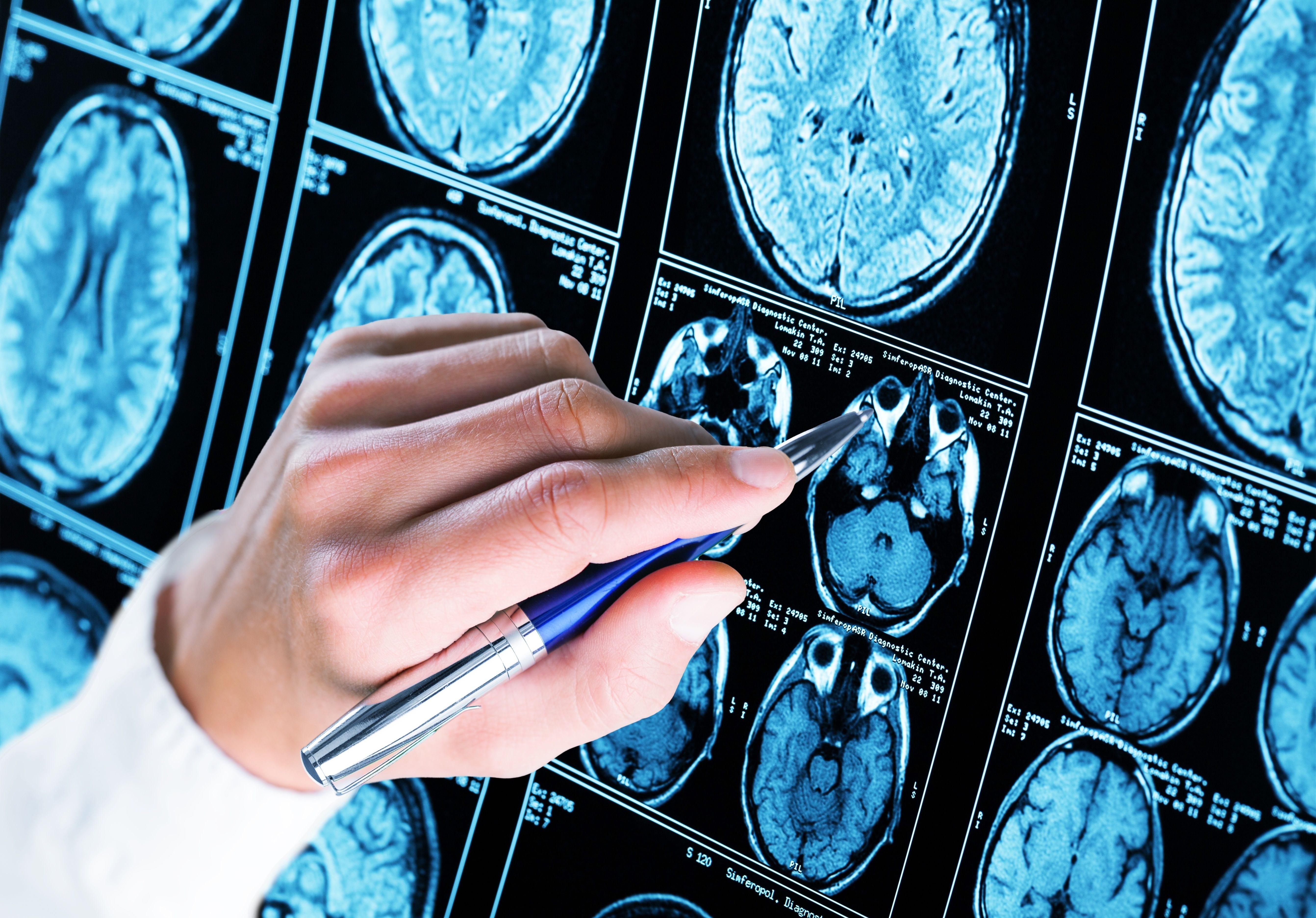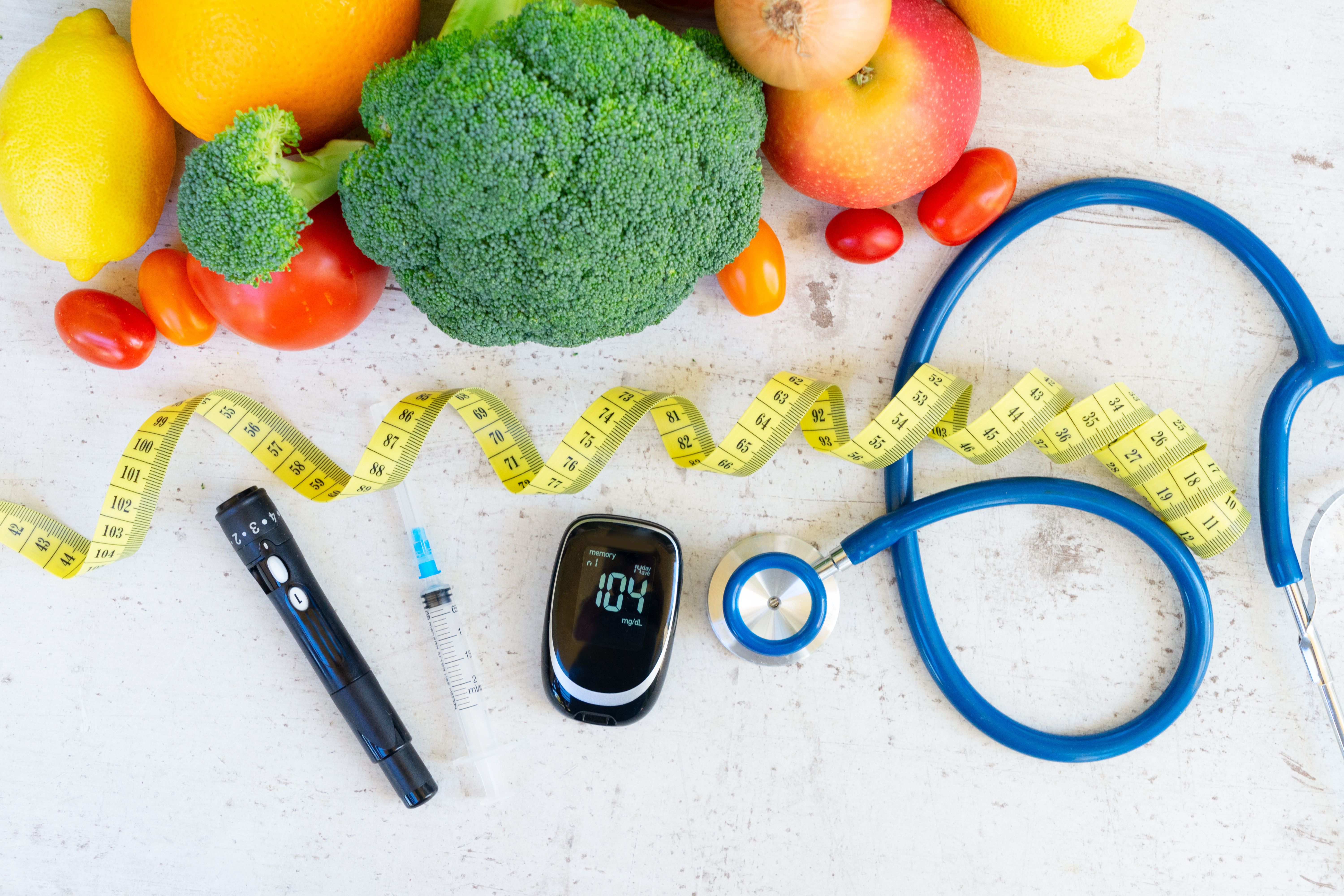Article
ADHD Diagnoses in Children Increase, Worrying Some Doctors
Author(s):
Diagnoses of ADHD have risen dramatically in recent years, leading some health care professionals to worry that the diagnosis is being applied too liberally.
Diagnoses of ADHD have risen dramatically in recent years, leading some health care professionals to worry that the diagnosis is being applied too liberally.
More than 1 in 10 children between the age of 4 and 17 has been diagnosed with attention-deficit/hyperactivity disorder (ADHD), according to new data collected by the Centers for Disease Control and Prevention (CDC) and reported by the New York Times.
In addition, 19% of high school boys have received the diagnosis as have 10% of high school girls. The data came from the CDC’s National Survey of Children’s Health, conducted from February 2011 to June 2012, in which the agency spoke with more than 76,000 parents by phone.
Previous estimates held that between 3% and 7% of children were diagnosed with ADHD. According to the CDC data, the portion of children diagnosed with ADHD now stands at 11%. The number of children with a medical ADHD diagnosis has increased by 16% since 2007 and by 41% since 2003. Of the 6.4 million children currently diagnosed with ADHD, approximately two-thirds take stimulants.
Medication overuse is a concern. Stimulant sales have risen from $4 billion in 2007 to $9 billion in 2012. “We need to ensure balance,” Thomas R. Frieden, MD, MPH, director of the CDC, told the Times. “The right medications for ADHD, given to the right people, can make a huge difference. Unfortunately, misuse appears to be growing at an alarming rate.”
Geographic variations in ADHD diagnosis were also notable. In Arkansas, Kentucky, Louisiana, South Carolina, and Tennessee, roughly 23% of school-age boys were diagnosed with ADHD. In Colorado and Nevada, fewer than 10% were.
Many health care professionals worry that the American Psychiatric Association’s release of the Diagnostic and Statistical Manual of Mental Disorders (DSM-V) in May will lead to additional ADHD diagnoses due to proposed changes to the definition of the condition. For example, a possible change would increase the earliest age at which patients must experience symptoms in order to be diagnosed with ADHD from 5 years to 12 years.
Ned Hallowell, MD, a child psychiatrist and author who has used media outlets (and his best-selling book) for years to raise ADHD awareness, is now backing off of some of his previous stands. He tells the Times that he regrets telling skeptical parents that stimulants were “safer than aspirin” and that he sees the high rates of diagnosis found in the CDC data as evidence that the diagnosis is being applied too liberally.
Ms. Wick is a visiting professor at the University of Connecticut School of Pharmacy and a freelance writer from Virginia.















